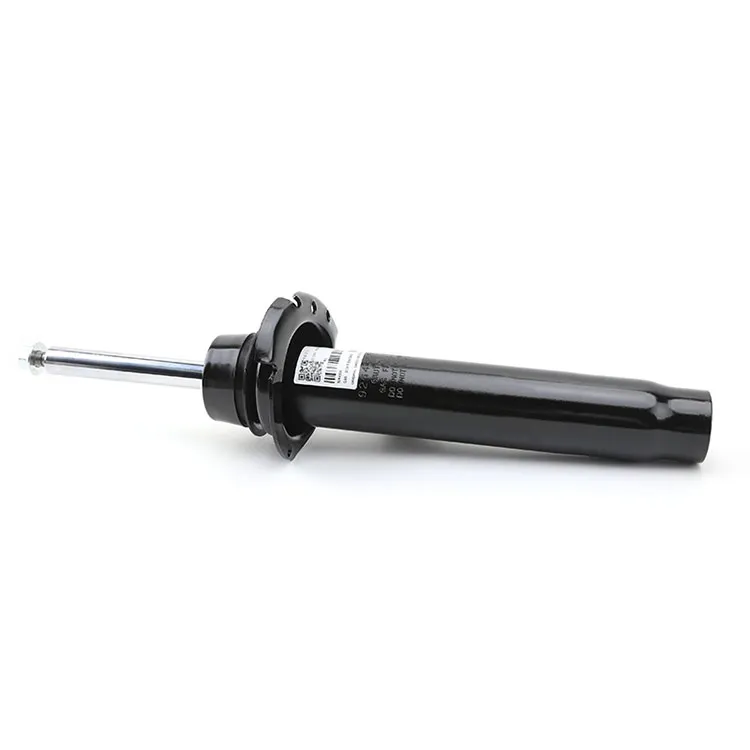Choosing the Right Front Shock Absorber: Factors to Consider
2024-10-24
Selecting the right front shock absorber for your vehicle is crucial for maintaining performance, comfort, and safety. With various options available on the market, understanding which factors to consider can help you make an informed decision. In this blog, we will discuss the key considerations when choosing front shock absorbers.
1. Vehicle Type and Specifications
The first step in choosing front shock absorbers is to consider the type of vehicle you own. Different vehicles have unique suspension requirements, so it’s important to select shock absorbers that are compatible with your vehicle’s make and model.
- OEM vs. Aftermarket: Original Equipment Manufacturer (OEM) shock absorbers are designed specifically for your vehicle, ensuring a perfect fit and performance. Aftermarket options may offer enhancements or different performance characteristics but require careful selection to match your vehicle’s specifications.
2. Driving Style
Your driving habits play a significant role in determining the right front shock absorber. Consider how you typically use your vehicle:
- Daily Commuting: If your primary use is commuting, comfort-focused shock absorbers that prioritize a smooth ride may be ideal.
- Performance Driving: For those who enjoy spirited driving or off-roading, performance-oriented shock absorbers with stiffer damping characteristics can enhance handling and stability.
- Heavy Loads: If you regularly carry heavy loads or tow trailers, consider shock absorbers designed for heavy-duty applications to handle the added weight.
3. Damping Characteristics
Shock absorbers come with varying damping characteristics, which affect how they respond to road conditions:
- Monotube vs. Twin-Tube: Monotube shock absorbers typically offer better performance due to their single-chamber design, providing consistent damping under different conditions. Twin-tube shocks are generally more affordable and can offer a comfortable ride for everyday driving.
- Adjustable vs. Non-Adjustable: Some shock absorbers allow for adjustable damping, letting you customize the ride quality based on your preferences. If you want versatility, consider adjustable models.
4. Material and Build Quality
The materials and construction of front shock absorbers impact their durability and performance:
- Corrosion Resistance: Look for shock absorbers with coatings or materials that resist corrosion, especially if you live in areas with harsh weather conditions or road salt.
- Quality of Components: Higher-quality shock absorbers often feature advanced engineering and components that provide better performance and longevity.
5. Brand Reputation and Warranty
When choosing front shock absorbers, consider reputable brands known for quality and reliability. Research customer reviews and ratings to gauge the performance of specific models. A good warranty can also provide peace of mind, ensuring that you’re covered in case of defects or premature failure.
6. Installation Requirements
Consider whether you plan to install the shock absorbers yourself or hire a professional. Some shock absorbers may require special tools or techniques for installation. If you’re not confident in your abilities, it may be best to have a professional handle the installation.
Choosing the right front shock absorber involves considering various factors, including your vehicle type, driving style, damping characteristics, and material quality. By taking the time to research and select the appropriate shock absorbers, you can enhance your vehicle’s performance, comfort, and safety. Whether you’re commuting daily or hitting the trails, the right front shock absorber will ensure a smooth and controlled ride.



